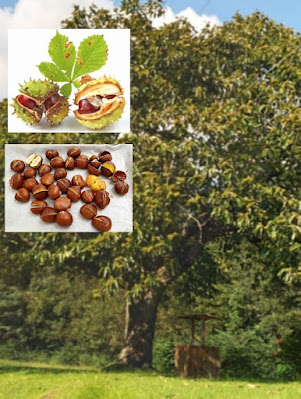Five Element
Your birth year carries more meaning than just marking your age. In the Chinese calendar, the last digit of your birth year offers insights into your personality and life path. Each number from 0 to 9 corresponds to one of the five feng shui elements - metal, water, wood, fire, and earth - much like zodiac signs influence your character. These elements shape who you are, influencing your behavior, strengths, and relationships.
1. Metal Element (Last Digit 0-1)
If the last digit of your birth year is 0 or 1, you fall under the metal element.
Key Traits:
- Strong-willed, independent, and reserved
- Flexible with good focus, yet value personal space
- Appear sophisticated but prefer privacy
You offer help willingly but rarely seek assistance yourself. People respect your ambition, and you work diligently toward success. You enjoy luxury and public recognition but fiercely protect your privacy.
Challenges:
- Relationships may be difficult as you can be critical and stubborn.
- You demand a lot from your partner, expecting unwavering support.
2. Water Element (Last Digit 2-3)
Water symbolizes adaptability and emotional depth. If your birth year ends in 2 or 3, you are empathetic, creative, and intuitive.
Key Traits:
- Charming and skilled at influencing others
- Sensitive and compassionate, with a calming presence
You thrive in conversations and have a way of making others feel appreciated and loved. Though you may seem laid-back, you are often quietly in control of your environment.
Challenges:
- You may struggle with indecision and become easily disheartened.
- It’s important to ensure others don’t take advantage of your generosity.
3. Wood Element (Last Digit 4-5)
Wood signifies growth and resilience. If your birth year ends in 4 or 5, you are focused on progress and self-improvement.
Key Traits:
- Dynamic, social, and optimistic, even in tough situations
- A natural decision-maker and organizer
You value relationships deeply and invest fully in them, both personally and professionally. You prefer enriching experiences and knowledge over material wealth.
Challenges:
- You tend to overwork and may avoid the spotlight, letting others take credit.
- Remember, it’s better to stand out than blend into the crowd unnoticed.
4. Fire Element (Last Digit 6-7)
Fire embodies passion and energy. If your birth year ends in 6 or 7, you are adventurous, bold, and competitive.
Key Traits:
- You enjoy challenges and are motivated by success
- Charismatic, with a flair for seduction and affection
People are drawn to your vibrant personality and leadership qualities. You’re full of innovative ideas and enjoy being the center of attention.
Challenges:
- You may be impulsive, quick-tempered, and easily stressed.
- Learning patience will help you manage your emotions and avoid burnout.
5. Earth Element (Last Digit 8-9)
Earth symbolizes stability and security. If your birth year ends in 8 or 9, you are dependable, grounded, and cautious.
Key Traits:
- Patient, wise, and practical in decision-making
- Highly responsible, with a knack for advising others
You excel in business thanks to your logical approach, and you dislike unexpected changes. Loyalty is central to your relationships, and once you trust someone, they become a permanent part of your life.
Challenges:
- You may rely too much on logic, ignoring your intuition.
- Letting go of control and embracing change can bring unexpected growth.
Now that you know the element tied to your birth year, explore how it shapes not only your personality but also your relationships and life choices. Understanding these elements can offer a deeper perspective on yourself and those around you!















































